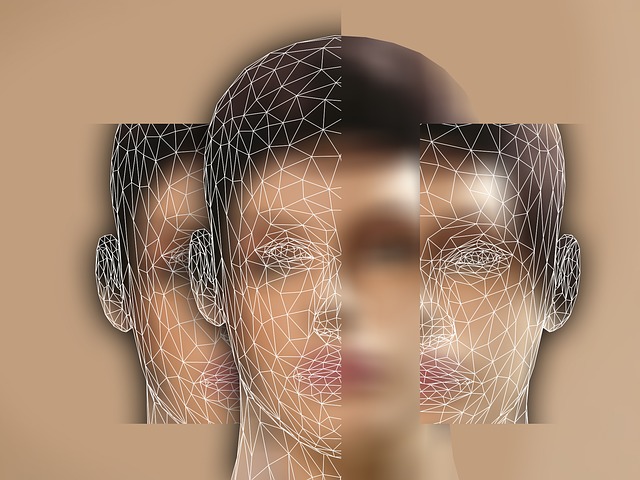Everybody should go on a trek in India for at least once in their lifetime!
The experience one would gather from trekking and hiking is often an unforgettable one. Regardless of the beautiful perks that come with trekking and hiking, the exhilarating activities have its share of risks too.
Additionally, to enjoy such adventurous activities to the fullest, individuals should adhere to certain safety norms to minimise the risks of being subjected to the dangers that come with trekking and hiking.
Taking a cue from it, many reputed insurance aggregators now offer extensive travel insurance covers.
For example, the NBFC Bajaj Finserv also extends a trekking insurance policy to help frequent trekkers and hikers make the most of their adventure trip besides being safe.
Here is a list of such safety norms that individuals should follow –
Tip 1 – Stay hydrated
Even if you are planning to trek in the cold weather, make sure to stay hydrated. Individuals may not frequently feel thirsty in cool weather, but their body would still require water to function properly. To avoid the ill-effects of dehydration, it is important to drink plenty of water throughout the trek.
Tip 2 – Take breaks
Acclimatisation is important. Allowing the body to adjust to varying environmental conditions is a safety tip that every individual must follow while undertaking a hiking or trekking activity. Look at it as a safety precaution, because the aggravation of any medical condition owing to one’s negligence may not always be covered with a trek insurance cover or a hiking insurance cover.
Tip 3 – Carry first aid kit
Most trekkers choose a remote destination for trekking and hiking. It narrows down the chance of availing immediate help in the event of injury or accidents. Additionally, leaving altitude sickness untreated tends to aggravate them, turning them into High Altitude Cerebral Edema and High Altitude Pulmonary Edema. All of which makes it necessary to carry a first aid kit on a trek.
Subsequently, in the event of an accident, trekkers and hikers can have the resultant medical expenses covered through a travel insurance policy such as the Adventure Sports Insurance offered by the Bajaj Finserv within its suite of Pocket Insurance and Subscriptions.
Tip 4 – Carry little but useful stuff
Less is more while going on a trekking or hiking activity. Nonetheless, the items individuals carry should be useful. For instance, they should ensure their backpack has a water bottle, snacks, power bank, sunblock, flashlight, hat, shades, medicines, a hiking pole, a GPS tracker or smartwatch, Swiss knife, etc.
Tip 5 – Avoid going solo
Though travelling solo is a great way to reconnect with one’s heart and soul, it may not be suitable for everybody.
The risk of getting lost or being stranded in a remote location with no cellular connectivity is something solo trekkers should always consider. Though habitual trekkers and hikers with a comprehensive Trekking Travel Insurance Policy may be in a favourable position during such situations, it may not be the case with others. It is always a good idea to have an active domestic holiday cover in place, especially while travelling solo.
In such cases, travelling in a group may prove safer and better. Nonetheless, if all family members decide to go on a trekking adventure, they may feel uneasy to leave their home unattended for those days. They may consider availing Pocket Insurance and Subscriptions such as a Home Protection Insurance Cover for financial coverage against theft, burglary or other such mishaps.
Besides these, trekkers and hikers should equip themselves with proper accessories and consider the weather and conditions of their hiking trail before setting out on such trips. Additionally, individuals should avail travel insurance in India that extends useful benefits and allows add-ons like a road-trip cover.


